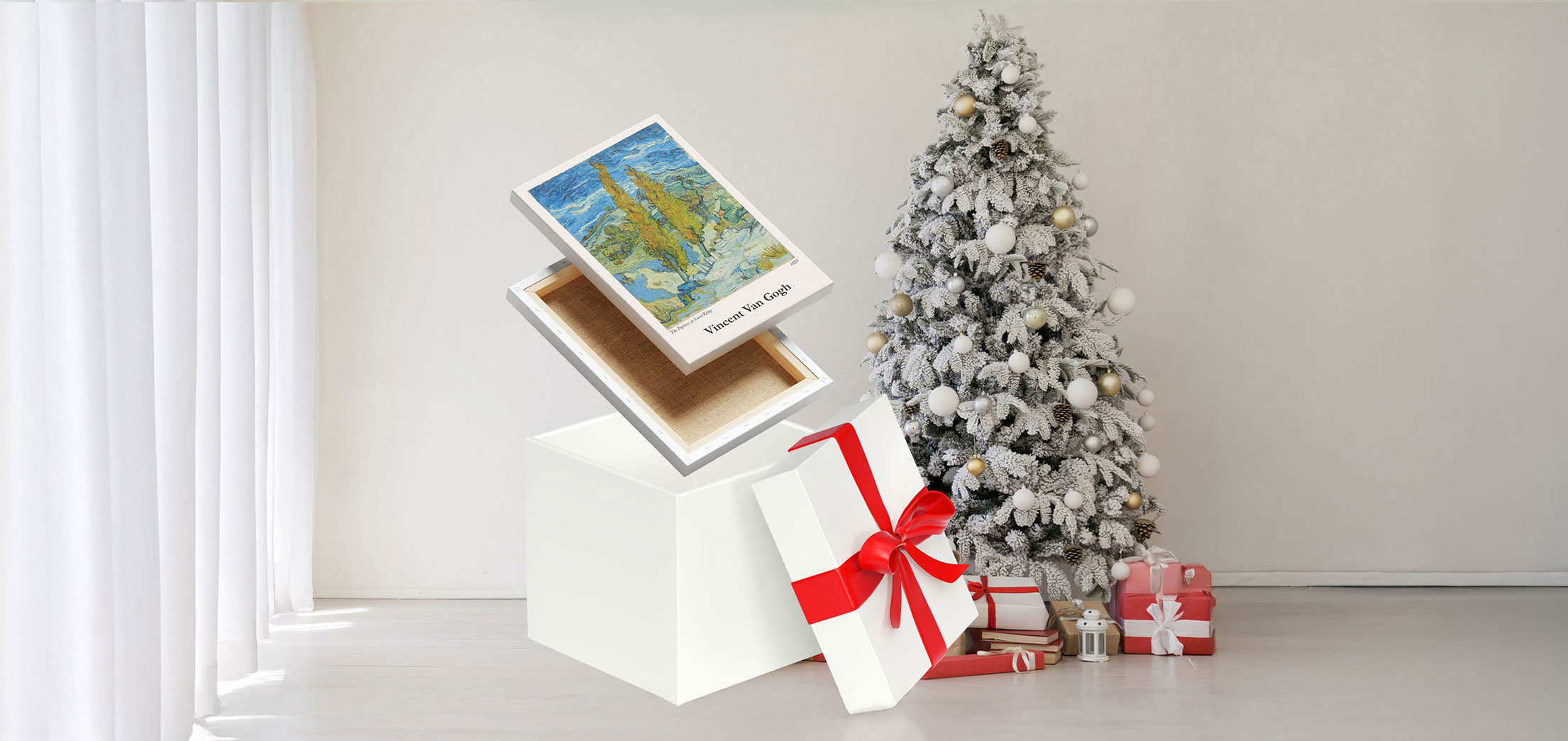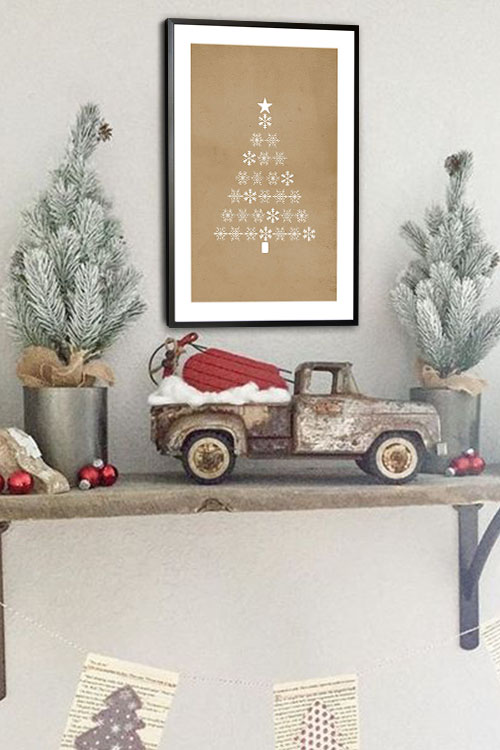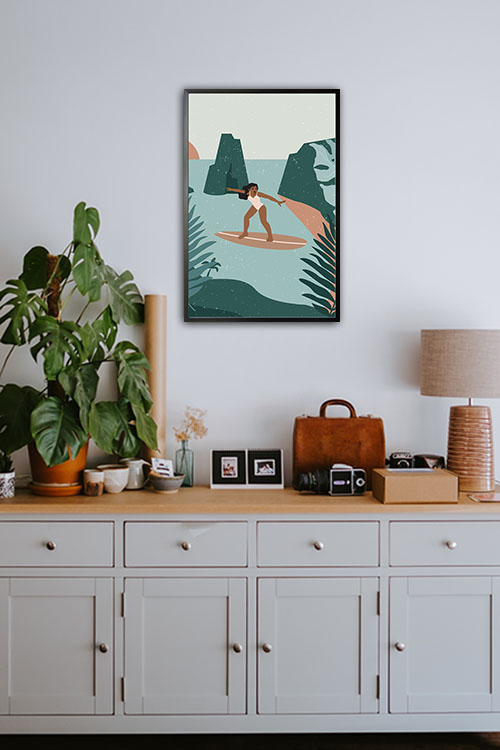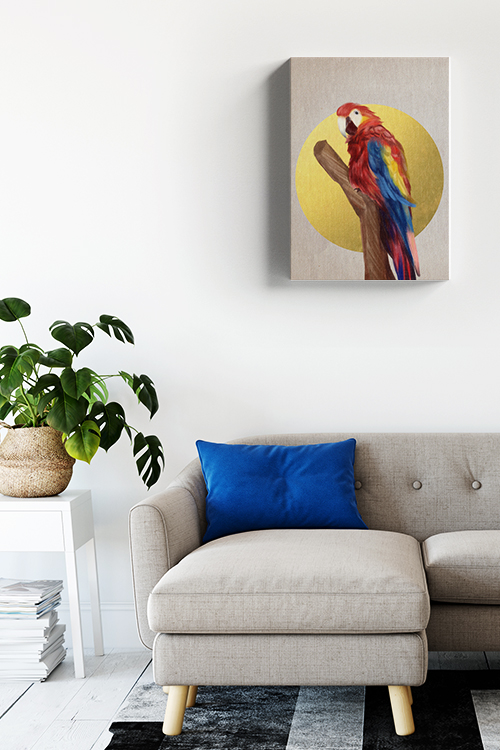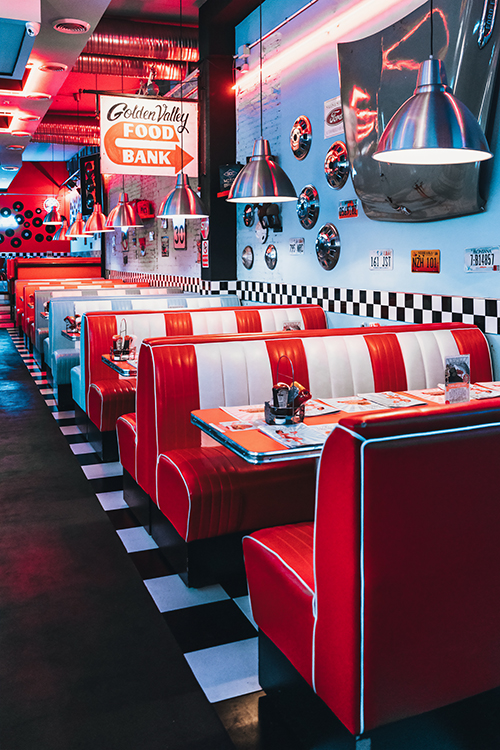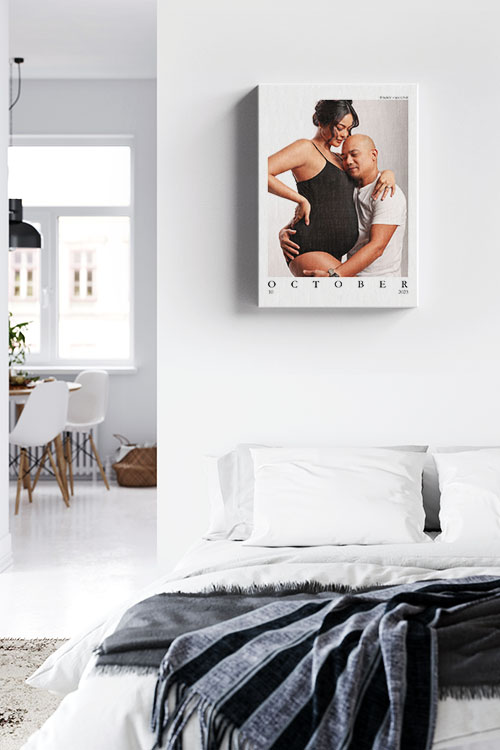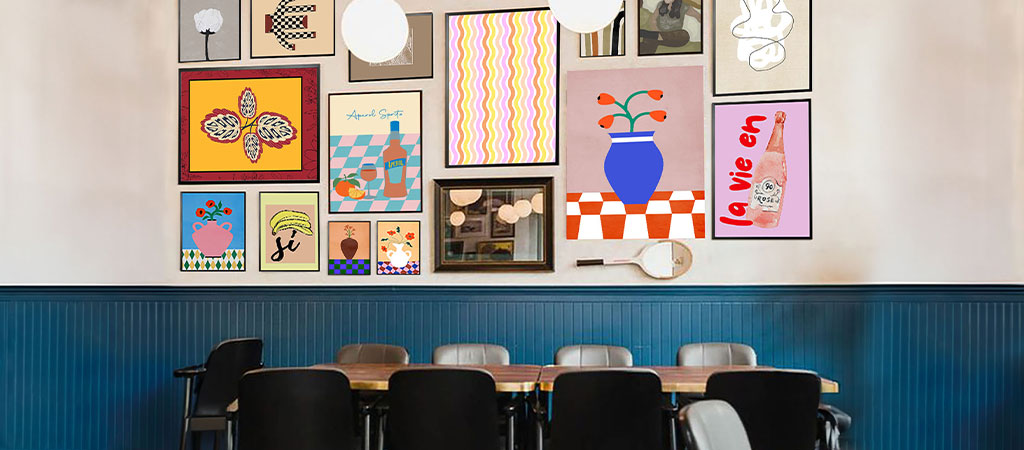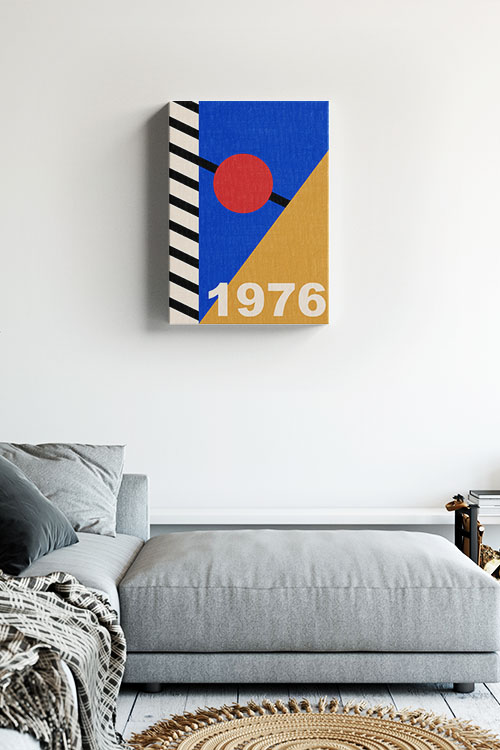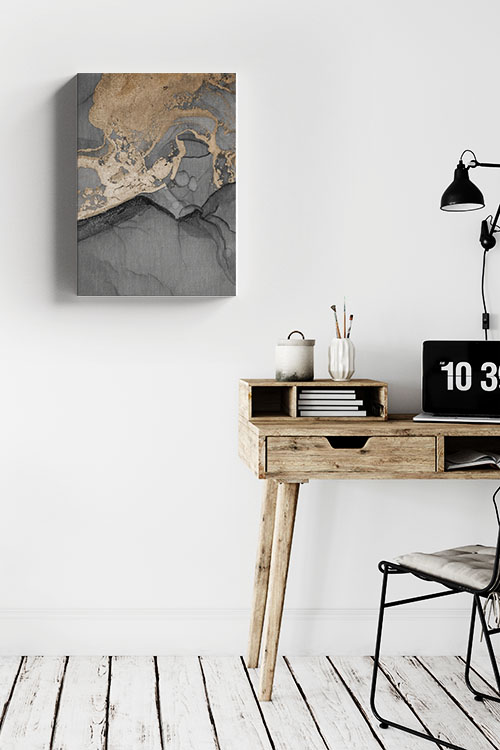
The holiday season is a time of warmth, joy, and celebration, and preparing your home sets the stage for memorable gatherings with loved ones. From cleaning and organizing to decorating and stocking up on essentials, here’s how to get your home holiday-ready.
Declutter and Deep Clean
Before bringing out the holiday decor, declutter your living spaces. Clear out items you no longer need, organize shelves, and create a clean canvas for festive decorations. Deep cleaning – like dusting, vacuuming, and polishing surfaces – ensures your home sparkles for the season. Focus on high-traffic areas such as the living room, kitchen, and guest bathroom.
Transform the Hallway
The hallway also sets the tone for the holidays. Place a festive wreath on the front door and add seasonal touches like a small bench with cozy blankets or a mat with a holiday greeting. If space is still available, add a console table with a vase of greenery, twinkling lights, or a bowl of ornaments.
Deck the Halls
Decorating is the heart of every holiday preparation. Start with a theme or color palette to tie everything together. Whether it’s classic red and green, modern silver and white, or a rustic natural look, carry the theme across your decor.
- Living room – Adorn the Christmas tree with ornaments, garlands, and a topper. Add throw pillows and blankets in seasonal patterns.
- Manter – Hang stockings, drape garlands, and place candles or fairy lights for a cozy ambiance.
- Dining table – Set a holiday tablescape with festive linens, elegant dinnerware, and a centerpiece of greenery or candles.
Prepare for Guests
If you are assigned to be the host this Christmas, make sure that your home is guest-friendly. In the guest room, provide fresh bedding, extra blankets, and a basket with essentials like toiletries and snacks. The bathroom should be stacked with towels, soap, and tissues. Add a holiday-scented candle or diffuser for a festive touch.
Stock Up on Essentials
Stock up on necessities to avoid last-minute stress. Keep your pantry filled with holiday staples such as baking ingredients, snacks, and beverages. Have extra wrapping paper, gift bags, and tape for gift-giving emergencies.
Embrace the Kitchen
The kitchen is the hub of holiday activities. Organize your pantry, clean your oven, and ensure cookware is ready for festive feasts. Consider creating a holiday beverage station with coffee, hot cocoa, and seasonal toppings like whipped cream and candy canes.
Create a Festive Atmosphere
Set the mood with lighting and scents. Use string lights, candles, and lanterns to create a warm glow. Enhance the ambiance with holiday fragrances like cinnamon, pine or vanilla through candles, diffusers, or potpourri.
Safety First
Inspect holiday lights for frayed wires and ensure candles are placed away from flammable materials. Test smoke detectors and keep pathways clear to avoid accidents.
In a Nutshell
Planning and preparing ahead will help your home become a festive retreat that embodies the spirit of the holidays. Whether hosting a gathering or enjoying quiet moments with family, a well-prepared home ensures the season is filled with comfort, joy, and cherished memories.
